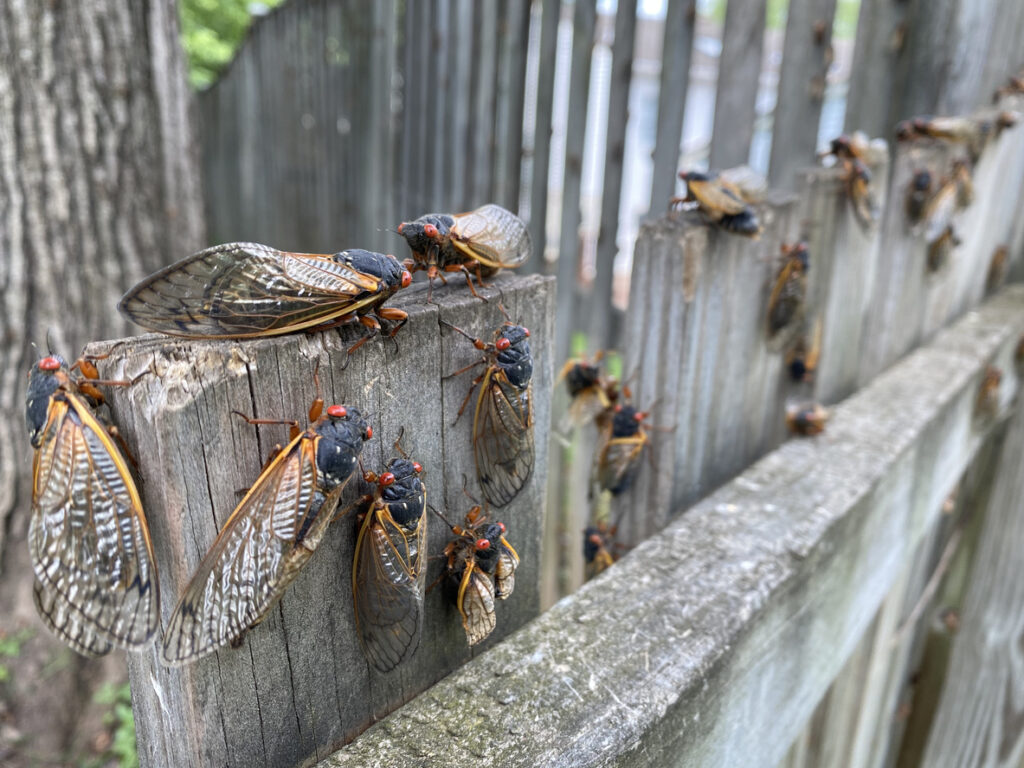After 24,000 Years Frozen In Siberia, An Arctic Animal Just Came Back To Life

According to a new study, a microscopic freshwater animal known as a “bdelloid rotifer” or “wheel animalcule,” has survived after being frozen for 24,000 years in Siberian permafrost.
“Our report is the hardest proof as of today that multicellular animals could withstand tens of thousands of years in cryptobiosis, the state of almost completely arrested metabolism,” said Stas Malavin, of the Institute of Physicochemical and Biological Problems in Soil Science in Russia, in a Cell Press statement.
Malavin was the co-author of “A living bdelloid rotifer from 24,000-year-old Arctic permafrost,” published in Current Biology.
“In natural, permanently frozen habitats, some organisms may be preserved for hundreds to tens of thousands of years. For example, stems of Antarctic moss were successfully regrown from an over millennium-old sample covered by ice for about 400 years,” wrote the scientists.
“Bdelloid rotifers, microscopic multicellular animals, are known for their ability to survive extremely low temperatures,” the authors continued. While stating that previous reports suggested a survival after between six and ten years when frozen between −20° to 0°C, the authors announced their findings which far outpaced that estimate.
“Here, we report the survival of an obligate parthenogenetic bdelloid rotifer, recovered from northeastern Siberian permafrost radiocarbon-dated to ∼24,000 years BP. This constitutes the longest reported case of rotifer survival in a frozen state,” they said. “We confirmed the finding by identifying rotifer actin gene sequences in a metagenome obtained from the same sample.”
According to “morphological and molecular markers,” the scientists discovered that the “rotifer belongs to the genus Adineta, and aligns with a contemporary Adineta vaga isolate collected in Belgium.”
“The takeaway is that a multicellular organism can be frozen and stored as such for thousands of years and then return back to life — a dream of many fiction writers,” said Malavin.
“Of course, the more complex the organism, the trickier it is to preserve it,” he notes with a big caveat for any would-be human hibernators: “For mammals, it’s not currently possible.”
The Siberian rotifer is not the first exciting discovery found in permafrost. As explained by CNET, “ancient viruses, a preserved paleolithic baby horse and an intact woolly rhinoceros” have all been discovered in recent years.
In September 2015, French scientists reportedly “discovered a prehistoric virus called Mollivirus sibericum in the Siberian permafrost,” and planned to “wake up” the 30,000-year-old virus, “after first verifying that it can’t harm humans and animals.”
Meanwhile, the discovery of a preserved paleolithic baby horse was reported in August 2018, with the “perfectly preserved” creature believed to have died between 30,000 to 40,000 years ago. The fully preserved woolly rhinoceros was discussed in December 2020, “exhumed from the permafrost in Yakutia, in the north of Russia.”
“The animal lived around 20,000 and 50,000 years ago and was a juvenile. It was discovered in August and is still covered in short, thick brown hair,” wrote CNET.
As CNET noted, “The mammals were not revivable.”
The Daily Wire is one of America’s fastest-growing conservative media companies and counter-cultural outlets for news, opinion, and entertainment. Get inside access to The Daily Wire by becoming a member.
" Conservative News Daily does not always share or support the views and opinions expressed here; they are just those of the writer."





